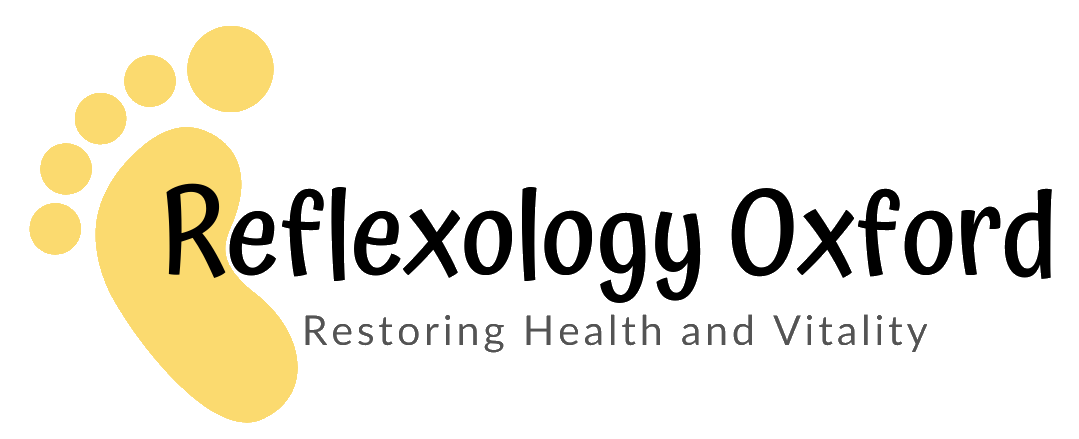Reflexology Oxford can help with sciatica and back pain. How? Anyone who has ever experienced sciatica knows that it can be painful and affect every aspect of daily life. Nerve pain is very exhausting physically and emotionally. If you have sciatica, it is almost impossible to feel comfortable, and many people find it very difficult to sit or lie down you can only feel some relaxation when standing or walking around, which in itself is exhausting.
Reflexology helps with the pain
Those who suffer from sciatica can feel everything from mild leg cramps to severe pain, which emanates from the back and back of the leg. In the worst case, it can be painful. The pain may come on suddenly or gradually worsen. Due to the pressure of the uterus on the spine, pregnancy may even lead to the development of sciatica. Reflexology is a therapy designed to keep all the body systems in balance. It is designed to promote deep relaxation and reduce stress levels.


So, what is sciatica?
The sciatic nerve is the longest nerve in our body. It passes through the hips from the lower back and then extends along the legs to the heels. When a nerve is pinched or damaged, it can cause pain, which can make a person very weak. It also can help to remind yourself that these catastrophic thoughts aren’t “expressions of facts,” Rajaee said. Rather, they’re “expressions of fear”—our brain’s way of trying to protect us, she said.
Sometimes, sciatica is caused by the friction nerve or the sliding disc of the friction nerve, but in many cases, the problem does not come from the back-it is caused by the hip muscles, called the piriformis, which sometimes become tight. Lumbar disc degeneration diseases, bone spurs, lumbar spinal stenosis, spondylolisthesis, or spinal tumors can also cause sciatica. The pain of sciatica causes a vicious circle that is difficult to break-pain causes muscle contraction, which causes more pain, more muscle contraction, and so on.
Concern: We end up in a vicious circle of pain and contraction, which seems to be not over yet.
Of course, one option is to increase the use of painkillers, but many people are looking for alternatives because they want to treat the cause rather than the symptoms. This is where reflexology is very important. It can help for three reasons:
- Deep relaxation-even for a short time can stop the vicious circle of pain and muscle tension. Sometimes relaxing your body may be the most important step in relieving sciatica, because it can give you time to recover.
- Targeted relief-through specific reflex points on the feet or hands corresponding to the spine, sciatic nerve, and buttocks area, the reflexologist can relax specific muscles and restore energy balance. This may also trigger the adrenal glands to release powerful natural anti-inflammatory drugs.
- Pain relief-because reflexology uses a holistic approach, part of the treatment will include balancing hormones and helping to make hormones that feel good, such as serotonin and endorphins. These are natural painkillers, they are brought into the blood, and the blood is stimulated by reflexology.
- So how did Reflexology help while so many other treatments didn’t? Reflexology simply allowed the body to relax so it could do what it knows best, heal itself. By working specific reflex points in the foot, hand, and/or ear that correspond to the spine and hip area, Reflexologists are also able to relax and induce healing in those specific areas.
That is the magic of reflexology! Foot massage can break down the toxins so that they can be released into the bloodstream and taken out of the body. The result is pain relief and relaxation of the body.





1 Comment
Rosalyn
I found this very informative. Sciatica is extremely painfull. Thank you.